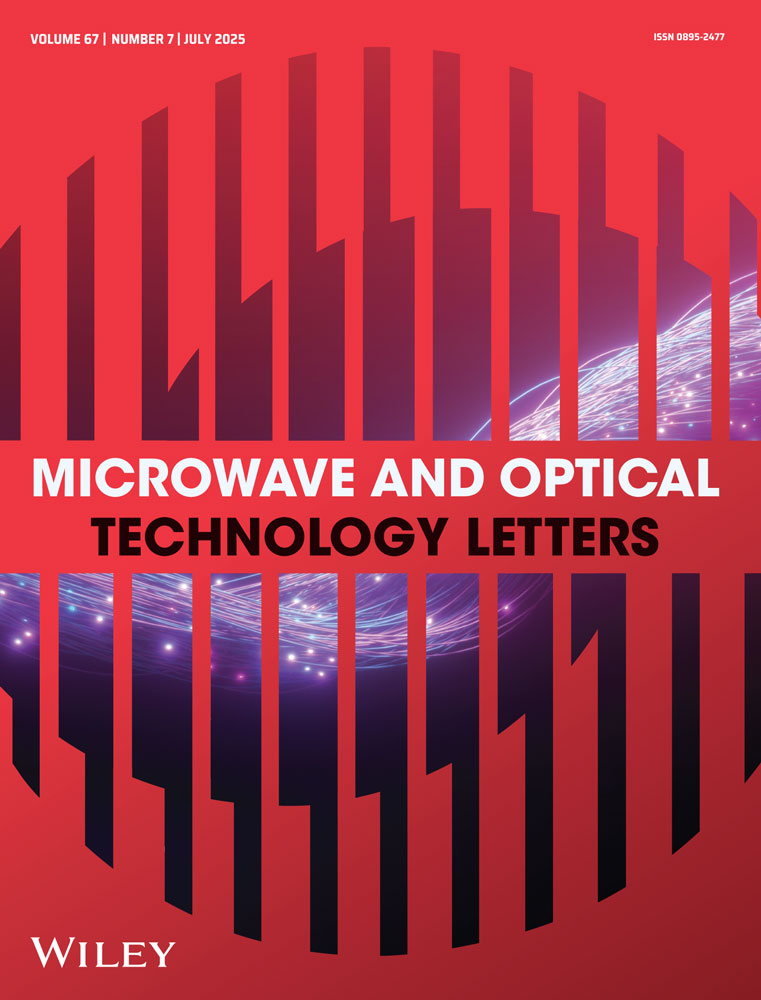Performance Enhancement of a Two-Arm Monopole Antenna Using AMC for Modern Wireless Systems
ABSTRACT
This paper presents a compact, low-profile, and wideband two-arm monopole antenna tailored to operate efficiently within the 3.7–7.3 GHz frequency spectrum. The monopole antenna is traditionally known for its omnidirectional radiation pattern and relatively low gain. To enhance its performance, this design integrates the monopole with an artificial magnetic conductor (AMC). The AMC is configured as a 3 × 3 array of specially modified square unit cells, covering a surface area of 9 × 9 cm. The antenna is positioned 1.7 cm above the AMC surface, a strategic placement that significantly enhances gain across the entire frequency range. In this configuration, the antenna's gain is markedly improved, increasing from an initial range of 1.5–3.25 dBi to an enhanced 4.6–8.5 dBi. Impedance matching is evaluated for both configurations, demonstrating consistent wideband performance. Analysis of the radiation patterns indicates that the monopole maintains an omnidirectional pattern without the AMC but shifts to more directive beams when the AMC is integrated. This combination results in a radiation efficiency of approximately 98% across the operating frequency band. Prototypes of the antenna and AMC were fabricated using the Rogers RO4003C substrate, which has a dielectric constant of , a loss tangent of tan δ = 0.0027, and a thickness of 1.52 mm. Experimental testing of these prototypes closely matched the simulation data, verifying the accuracy and effectiveness of the design. This study not only confirms the potential of the two-arm monopole enhanced with AMC for high-gain, wideband applications but also demonstrates its viability through rigorous simulation and practical experimentation. The results suggest that this antenna system is well-suited for modern communication systems that require efficient, wideband, and high-gain performance within the specified frequency range.
Conflicts of Interest
The authors declare no conflicts of interest.
Open Research
Data Availability Statement
The authors have nothing to report.




